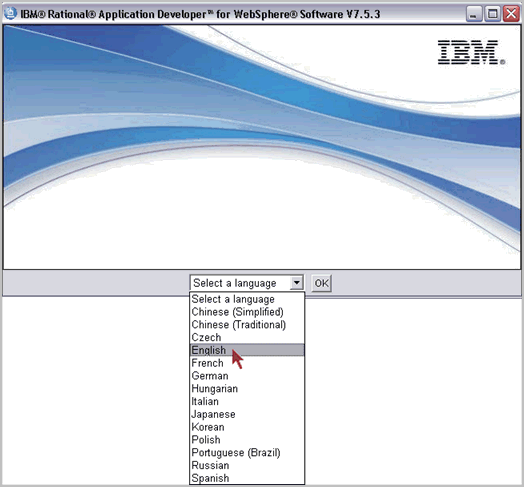

However, an organization’s business staff can find sequence diagrams useful to communicate how the business currently works by showing how various business objects interact. Much like the class diagram, developers typically think sequence diagrams were meant exclusively for them. The sequence diagram is used primarily to show the interactions between objects in the sequential order that those interactions occur. Please note, again, that the examples provided below are based on the new UML 2 specification. The main purpose of this article is to continue our focus on the essential UML diagrams this month, we take a close look at the sequence diagram. The main changes will be in the internals of UML–involving features typically used by software companies who implement UML tools. There will be some changes to the specification before UML 2 is completely adopted, but these changes should be minimal. Notice the wording in my statement above: “Adopted 2.0 Draft Specification of UML.” It is true that the specification is still in draft status, but the key is that the Draft Specification has been adopted by OMG, a consortium that does not adopt new standards until they become pretty solid. Changes to the sequence diagram’s notation set in UML 2 have made vast improvements in modeling logic in sequences.) (For example, modeling logical flow in UML 1.x was complicated and at times impossible. Furthermore, the notation elements needed to be improved in order to make diagrams more readable. Also, the UML 1.x notation set was at times difficult to apply to larger applications. The main reason was that they wanted UML models to be capable of delivering Model Driven Architecture (MDA), which meant that the UML had to function as a more model driven notation. There were a couple of reasons that the OMG improved UML. I hate to change emphasis from 1.4 to 2.0 in the middle of a series of articles, but the UML 2.0 Draft Specification is an important step forward, and I feel the need to spread the word. Given the importance of the new spec, we are changing the basis of this article series, too, shifting our attention from OMG’s UML 1.4 Specification to OMG’s Adopted 2.0 Draft Specification of UML (also known as UML 2). It’s February, and by now you’ve probably read about, or heard people talk about, making the change to Unified Modeling Language (UML) 2.0 - the new specification for UML that contains a number of improvements. Updated Febru| Published February 16, 2004


 0 kommentar(er)
0 kommentar(er)
